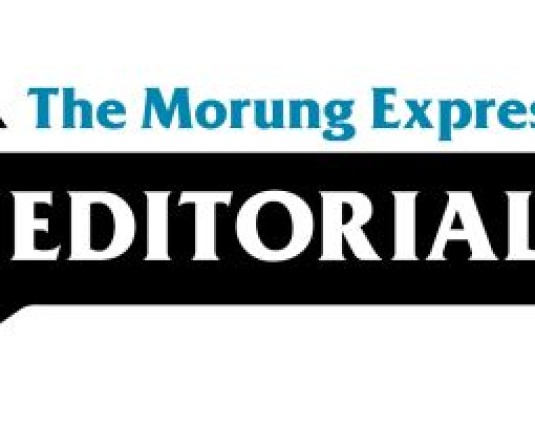
In a concerning finding, an official report stated that 25% of cancer patients in Nagaland “never took treatment because of financial difficulties” while results on other parameters were not flattering. The report, ‘Monitoring Survey of Cancer Risk Factors and Health System Response in North East Region for Nagaland’ was officially released by S Pangnyu Phom, Nagaland Minister for Health & Family Welfare on August 8.
Other findings indicated that 85.1% of cancer patient respondents consumed preserved/salt cured and fermented items, over one-third of the respondent (39.3%) were current tobacco users and 18. 8% reported having consumed alcohol over the past 12 months.
Personal habits apart, the survey pointed out the lack of infrastructure for detecting or treating cancer while the impact of social-economic factors is also implied. For instance, it noted that 81.2% in rural areas still use solid fuel for cooking while highlighting that only 50% of District Hospitals had daycare facilities for chemotherapy.
Further, only 28.6% of General Duty Medical Officers at Community Health Centre and District Hospitals had been trained for NPCDCS/NHM/State Programme while cancer screening for all three types of cancers (cervical, breast, oral) were available only in 50% of district hospitals.
The general deficiency of health services delivery was also reflected with 9.6% of respondents saying that they never had their ‘blood pressure measured in life’ and 42.2% never ‘measured their blood glucose level.’
It is also pertinent to point out that as per an overall report of the survey released by the Indian Council of Medical Research - National Centre for Disease Informatics and Researching in February 2022, the proportion of cancer patients seeking treatment outside the North-East region was the highest for Sikkim (95.3%) followed by Nagaland (58.1%). In the present State-specific survey, it was highlighted that 57% of cancer patients sought cancer treatment outside Nagaland.
Reportedly, as the targeted population of the survey was 18 years and above under Kohima and Dimapur districts in both rural and urban areas, the finding across the State might project a gloomier picture.
Speaking on the occasion, Health Minister Pangnyu maintained that the survey's “findings will enhance the understanding and limitations in the fight against the burden of cancer which has long plagued the population in Nagaland.”
Hopefully, the concerned authority headed by the Minister would undertake the same in both in letter and spirit, by taking into account three crucial aspects highlighted by the report. Firstly, to create and enable the required infrastructure for screening and treatment of cancer in public health facilities, to ensure early detection as well as prevent burdensome out-of-pocket expenditure, for the patients, either seeking treatment in private facilities or outside the State.
This should be augmented with the creation of awareness and orientation of both health workers and the general public on various aspects of the disease as well as general health care. This include should include concerted efforts to ramp up awareness campaigns on early screening as well as prevention. As indicated by the survey, socio-economic situation is also a chief contributing factor behind the possible prevalence, and most importantly, seeking treatment once diagnosed. Hence, health insurance, as well as other economic measures, is imperative.
For any comments, drop a line to jamir.moa@gmail.com






